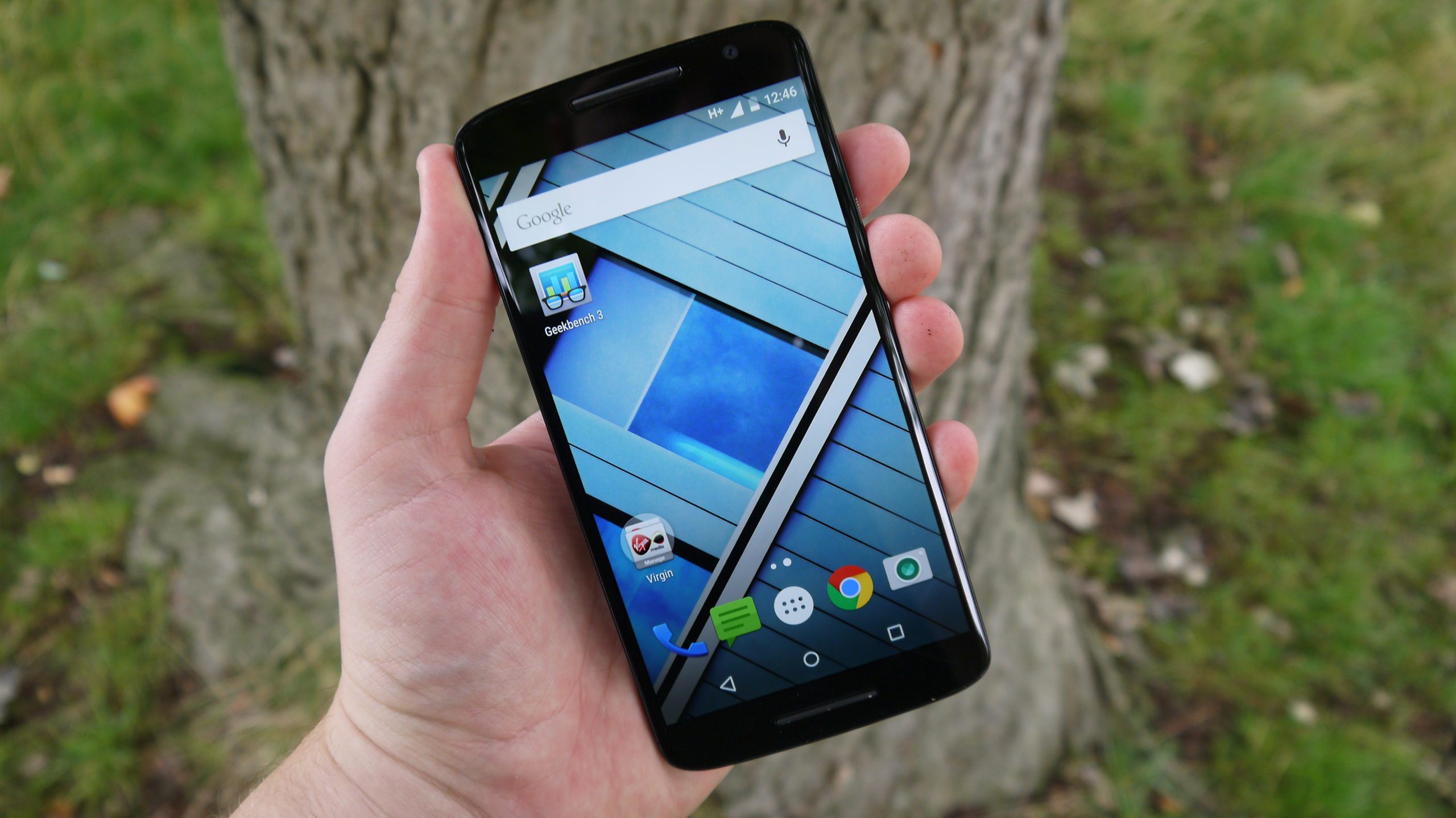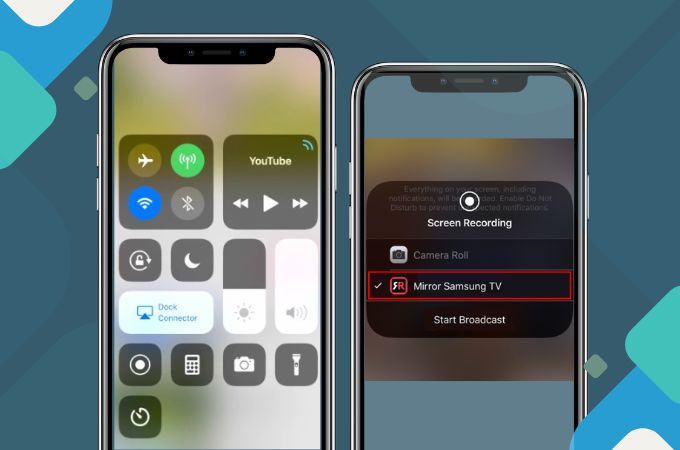A QR code is one of the most popular barcode types. It finds use in different fields and operations such as retail, advertising, payment gateways, business cards, and what not! Since you are here, we are taking the liberty to presume that you want to build a QR code for yourself. You can use a QR code generated through qr code maker for any application or operation as this barcode type is extremely versatile.
This blog will introduce you to the process of creating a QR code in eight easy steps. We will also discuss the features to look for in a QR code scanner as it is critical for scanning QR codes. So, without further ado, let’s get started.
The 8 Steps to Create a QR Code
QR code stands for Quick Response code. It is a 2-dimensional barcode that contains much more data than a 1-dimensional barcode. It can store up to 7,089 numbers, i.e., 1,817 Japanese Kanjis. So, if you are looking forward to storing a large amount of data, the QR code is the perfect choice for you.
Now, let’s discuss the steps to creating a QR code.
Step 1: Finalize a QR Code Generator. You will find multiple options available out there. Choose the one that goes well with your requirements.
Step 2: Deciding on the content you want to promote is the next step in the process. Do you want to give some information or link to your website?
Step 3: Fill in the details in the form that appears on the screen.
Step 4: Download a dynamic QR code.
Step 5: Make customizations in the code. You can add anything you feel is essential.
Step 6: Test the QR code with a robust QR code scanner. Your QR code must work. Otherwise, there’s no point in creating one. Choose a good QR code reader and test the QR code you have designed. If it doesn’t work well, you will have to look into the problem.
Step 7: Share the QR code with your target audience. It’s good to have a list prepared beforehand to make your work easier.
Step 8: Do performance analysis. After doing all the work, you must analyze how well the code is working.
The Rising Popularity of QR Code Technology During the Covid-19 Pandemic
Choosing the Correct QR Code Reader
Now that you’ve created the QR code, you must choose the ideal QR code scanner as well. Again, you’ll find plenty of options online. Some are free to use, while some may come with in-app purchases or subscription charges. You also have the option to choose between a static or a dynamic QR code generator. While a dynamic QR code gives you the liberty to edit the contents as many times as you want to without printing it, again and again, a static QR code cannot be changed.
Depending on your work, you can choose whether to go with a paid or free one. Whichever option you choose, here are some features you must consider in a QR code scanner.
High Speed and Efficiency:
Speed is critical when it comes to a QR code reader. If you have to scan multiple barcodes, you cannot compromise with speed. Leading barcode readers can scan around 50 barcodes at a time.
Reads Wrinkled QR Codes:

Although slightly damaged QR codes can still be decoded because of their error correction feature, the problem arises with the highly damaged ones. When a QR code is printed on a box or a pamphlet, there are chances that it may get wrinkled or damaged. The QR code scanner you choose should be able to read wrinkled or damaged QR codes. Such scenarios are pretty common in retail.
Works Well in Challenging Environment:
Out of focus, angled, skewed, poor lighting, or contrast can make QR code scanning difficult. Opt for a QR code scanner that is capable of working well in such challenging environments. Hence, it will be best for you to go ahead with a commercial-grade barcode scanner as they are designed to function well in all conditions.
Multi-Platform Support:
Be it mobile or desktop, the QR code reader should work on all platforms. After all, you wouldn’t want to choose a solution that cannot be used on all devices. One of the best options is a browser-based barcode scanner that will help you cut down on cost and eliminate the hassle of choosing multiple applications.
So, that was all about the process of creating a QR code and choosing the correct QR code reader. Do not forget to try the QR code before distributing it among the target group, as we stated above. The same goes with the QR code reader you are going to choose. You must test the scanning capability of the application you are going to finalize. We hope you’ll now be able to make more informed decisions.







